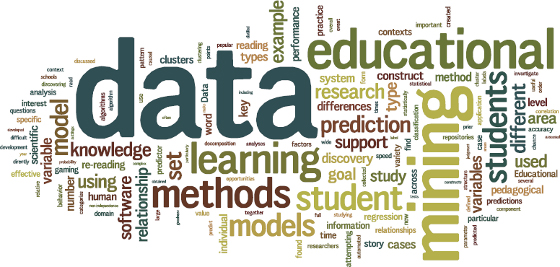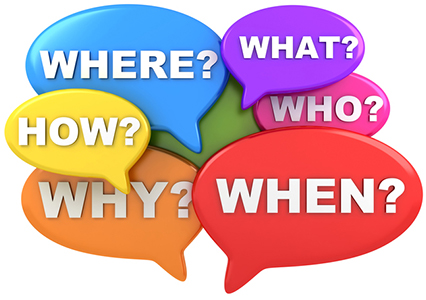Make Data Work

WORKSHOP OVERVIEW

Data can be an incredible tool, or a major headache, depending on who you ask. This workshop provided successful strategies for utilizing crash data for strategic planning, exploring crash causation, and measuring program performance. The three panelists in this workshop represent UMassSafe at the University of Massachusetts Amherst, the Crash Safety Research Center, LLC, and VHB.
WHY ARE WE TALKING ABOUT DATA?
In transportation safety today, data is both an asset and a curse. There is an enormous pool of data available for transportation safety professionals. While this alone is not a problem, when added to tightening revenue streams, scrutinized expenditures, increasing expectations for accountability, and intensified public interest in economic and societal goals, big data can become overwhelming.

ADDRESSING DATA AT THE SUMMIT
To address the issues of collecting, storing, and utilizing transportation safety data, the planners of the Summit sought out a variety of speakers that shed light on particular sectors of this topic. The presentations in this workshop included the following:
• High Crash Corridors - Jenn Gazzillo of UMassSafe discussed how the organization utilizes the data available to them in the Traffic Safety Data Warehouse within the Traffic Safety (TS) Technical Assistance Center (TAC), the services provided by the TAC, and the emerging trends she is experiencing in transportation data today.
• Forensic Investigations - Jeff Muttart, of the Crash Safety Research Center, LLC, discussed a study based on data collected from 194 trailers from 40 states (and counting). The aim of the study (The Evaluation of Conspicuity Tape on Trailers and Trucker Behaviors) was to develop guidelines for the placement and inspection of retroreflective tape on large trucks.
• Using Data to Plan and Evaluate your Program - Bob Scopatz of VHB provided information regarding performance measures, described how to best use the Commercial Vehicle Safety Plan (CVSP) to move programs forward, and discussed the unique aspects of CMV crashes.
NEXT STEPS

The first step for utilization of existing data is to look at whether it is adding value to the greater transportation safety conversation. If it is, how can the data be used to improve enforcement and decrease crashes? If the data isn’t adding anything useful, then what are the reasons for that? What should be collected instead? What is missing from the dataset that could be added? Secondly, performance measures are needed, in order to identify problems that can be improved and then develop solutions.
Finally, more data that looks at the unique attributes of CMV crashes is needed, and will help dictate where future research should be focused. More information on these presentations can be found in the Commercial Vehicle Safety Research Summit Summary Report. In addition, the presentations can be accessed by clicking here.
